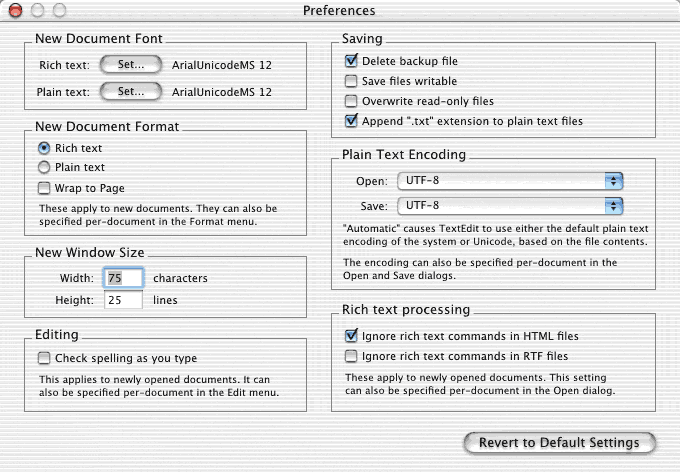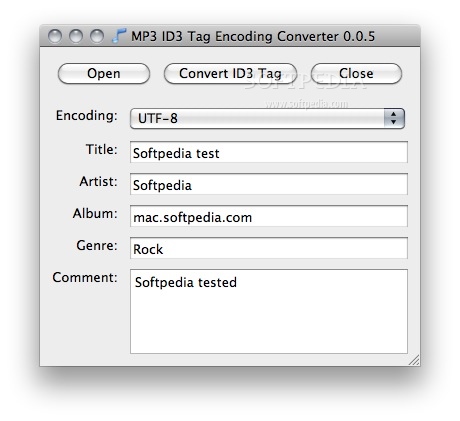Text Encoding For Mac


Peep for Mac OSX - free app to help you open or inspect files. File viewer / text encoding conversion utility for Mac.
Attention, Internet Explorer User Announcement: Jive has discontinued support for Internet Explorer 7 and below. In order to provide the best platform for continued innovation, Jive no longer supports Internet Explorer 7. Jive will not function with this version of Internet Explorer. Please consider upgrading to a more recent version of Internet Explorer, or trying another browser such as Firefox, Safari, or Google Chrome.
Text File Encoding Formats
(Please remember to honor your company's IT policies before installing new software!).
Text Encoding Word Mac
The line at the top of the script only affects the encoding for unicode literals in the source - it has no effect whatever at run time. This isn't a bug, and it isn't 'fixed' in any release. The issue is that if you read something from a file and want to convert it to unicode, the Python run-time needs to know the encoding of the input, because there are literally dozens of possibilities. There are a lot of ways of doing that, from the poster's suggestion through a parameter on the open function and methods on the str and unicode objects. However, it does have to be done explicitly; the run-time takes the safe choice and defaults to 7-bit ASCII.
John Roth. As the other commenters have noted, in Python 2 you can print things of class str directly to the terminal (which are bytestrings) but things of class unicode need to be converted to bytestrings (str) before they can be printed. The easiest way to do this is myunicodestring.encode('utf-8') but if you want to be able to say “ print myunicodestring” without encoding first in the interactive shell, you can try putting export LCCTYPE=enUS.utf-8 in your.bashprofile, just so that Python knows that Terminal.app wants its input (Python’s output) to be in UTF-8. I think newer versions of Terminal do this automatically (10.6), but older ones did not.